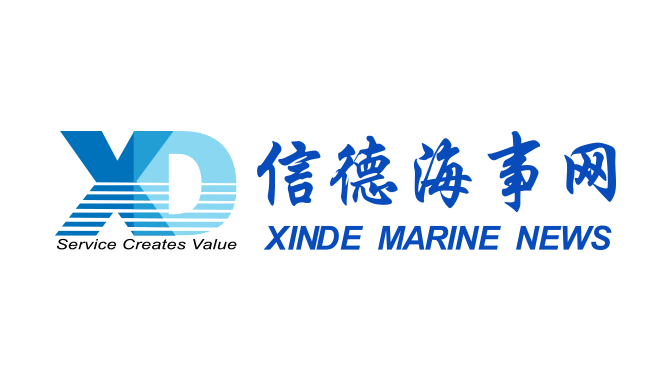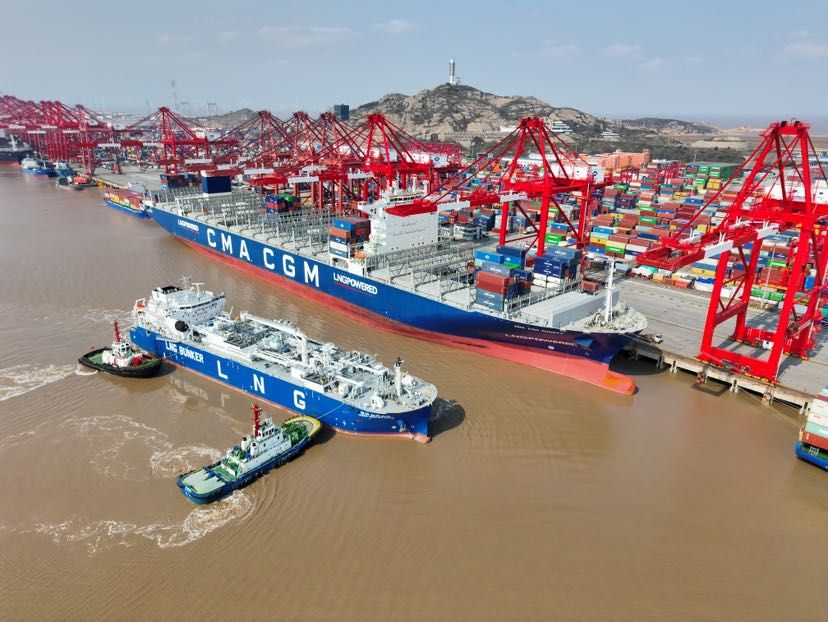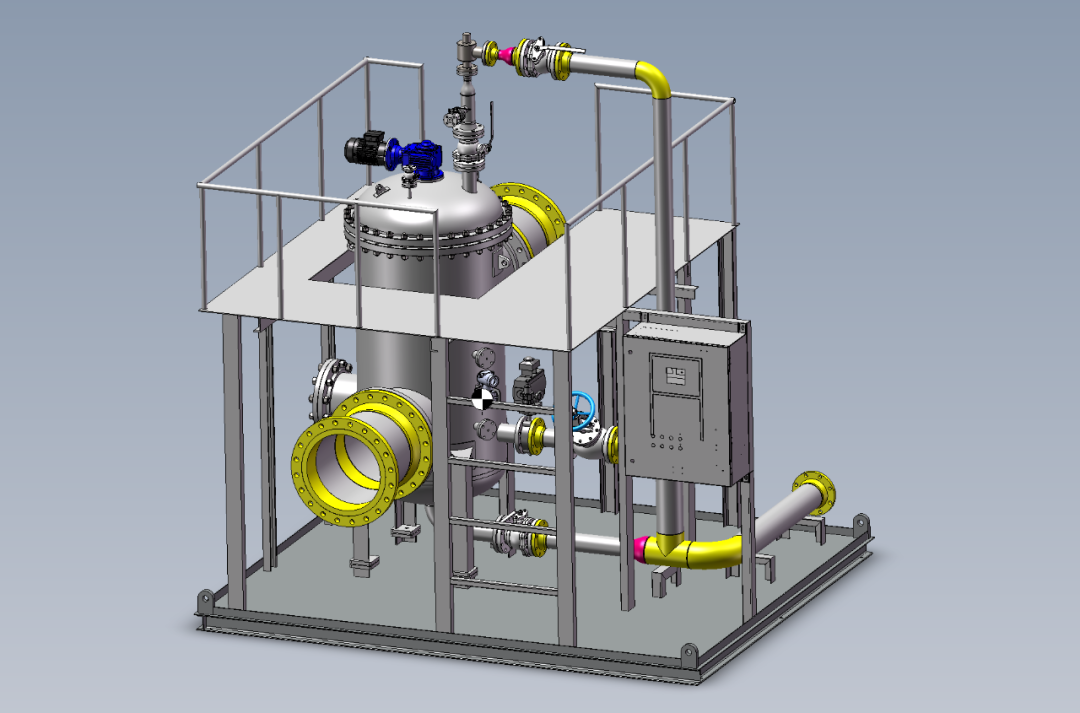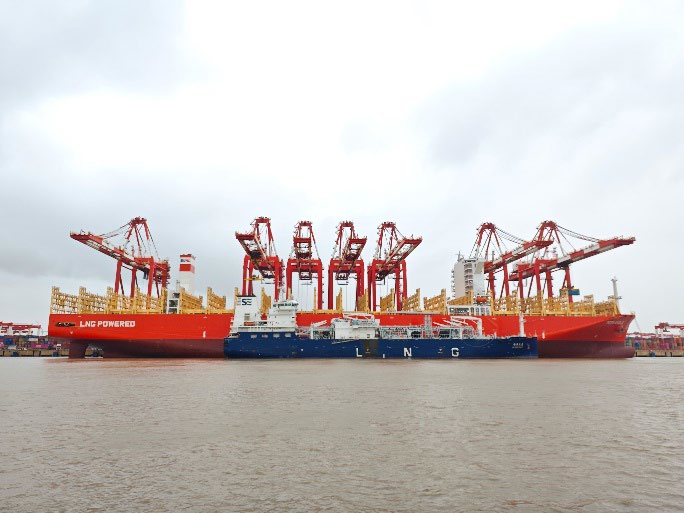
Australia's top two energy companies, Woodside Petroleum and Santos, are boosting production of liquefied natural gas to feed Chinese demand as the world's most populous country seeks cleaner sources of electricity and heat.
"Production at Wheatstone LNG continued ahead of plan, underpinning a 13.8% rise in output," Peter Coleman, CEO of Woodside, Australia's largest oil and gas producer, said in the company's July-September earnings report out on October 18.
Wheatstone, a project in northwest Australia acquired from U.S. oil major Apache, is one of three LNG developments in which Woodside currently has a stake. LNG accounted for nearly 70% of the company's total sales of $3.9 billion last year, and it expects production of the resource to climb as much as 15% this year to 7.9 million tonnes.
Demand for Australian LNG has been driven by China as it promotes natural gas as a cleaner alternative to coal. Pressure from the public for cleaner air and blue skies has pushed politicians to take action.
"China should ensure that people in the north of the country will be kept warm and safe in winter while at the same time making progress in improving air quality," Vice Premier Han Zheng said on October 18 at a symposium in Hebei province, where he was promoting the use of cleaner energy.
U.S.-China tensions are also offering an opening for the Australians to expand their lead. Australia is China's biggest source of LNG, accounting for more than 40% of the country's consumption, followed by Qatar, Malaysia and Indonesia. The U.S. ranks fifth, but imports have slowed drastically of late due to the current trade war.
Against this backdrop, Woodside has acquired ExxonMobil's 50% stake in Scarborough, another gas project in northwest Australia, expanding its interest to 75%. The purchase price was $440 million, local media reported.
Santos, meanwhile, aims to nearly double production with a goal of 100 million barrels per year by 2025, CEO Kevin Gallagher said in September. Santos also generates 70% of its roughly $3.2 billion in sales from natural gas.
The company is investing in development, especially in Australia's Northern Territory and Papua New Guinea. It is rapidly developing and expanding production at these sites, with operations set to begin sometime in 2022 or 2023. Should its offshore project in the Northern Territory come online, the company's production is expected to reach 4.9 million tonnes in the middle of the next decade from about 3.1 million tonnes last year.
Both companies are making huge investments in anticipation of a global gap in LNG supply early next decade. Worldwide LNG demand is expected to surpass 400 million tonnes in 2023, after which it will outpace supply until 2030, U.K. research company Wood Mackenzie estimates.
"We recognized more than three years ago that the period of oversupply would not last and set about lining up projects to progress when the market rebalanced," Coleman said in June. "That means we are heading into a construction phase at just the right time, before costs escalate."
China accounted for 13% of global LNG imports last year, overtaking South Korea. It is behind only Japan, which represented 29%, but is expected to become the world's top importer as soon as next year. Imports in the first half of 2018 jumped 51.3% on the year to 23.66 million tonnes.
Preparations in China are underway for an influx of natural gas. China National Offshore Oil launched its ninth LNG terminal in Shenzhen Aug. 1. The facility can handle 4 million tonnes of LNG per year.
Australia is currently the world's second-largest LNG exporter after Qatar. LNG shipments from Australia grew 24% last year to 55.56 million tonnes, according to the International Group of Liquefied Natural Gas Importers. Qatar's exports fell slightly to 77.5 million tonnes.
Earlier this decade, as a host of new developments began in Australia, rising labor costs turned the companies' attention to Asia-Pacific projects for their proximity to large markets like China and Japan. In addition to Santos' interests in Papua New Guinea, Woodside discovered offshore gas near the coast of Myanmar in 2016 and is studying extraction.
By scale, both Woodside and Santos generate only a tenth of the sales of U.S., Canadian and European oil majors, which are also eyeing China. LNG Canada -- a consortium of five companies including Anglo-Dutch Royal Dutch Shell, PetroChina and Malaysia's Petronas -- said October 2 that it will invest about $30 billion in an LNG plant off the coast of British Columbia that will shorten deliveries to China to eight days from 20.
American, European and Japanese oil majors are also investing in Australia. Japan's Inpex said Tuesday that shipments have begun from its Ichthys LNG project in the country's northwest. Royal Dutch Shell will also begin operations at its LNG project in the same region soon, and is preparing to boost production further.
Woodside began in 1954 as an oil exploration company. It discovered gas off the coast of northwest Australia in 1970 and began domestic shipments in the 1980s. It became operator of Australia's first LNG project, the North West Shelf, in 1989 and partnered with trading houses like Mitsui Corp. and Mitsubishi Corp. to export the gas to Japan.
Santos was also founded in 1954 as an oil exploration company and entered the LNG business in 2006.
Sources:sxcoal
Please Contact Us at:
admin@xindemarine.com


 WOODSIDE AND CHINA RESOURCES AGREE LONG-TERM LNG SU
WOODSIDE AND CHINA RESOURCES AGREE LONG-TERM LNG SU  Shanghai Yangshan Port Bunkered Two LNG Powered Con
Shanghai Yangshan Port Bunkered Two LNG Powered Con  Headway successfully delivers filtration skid solut
Headway successfully delivers filtration skid solut  Celebrating the Launch of “Green Energy Pearl” –
Celebrating the Launch of “Green Energy Pearl” –  PIL and SSES complete the inaugural LNG bunkering o
PIL and SSES complete the inaugural LNG bunkering o  BW LNG secures e-procurement deal with Procureship
BW LNG secures e-procurement deal with Procureship